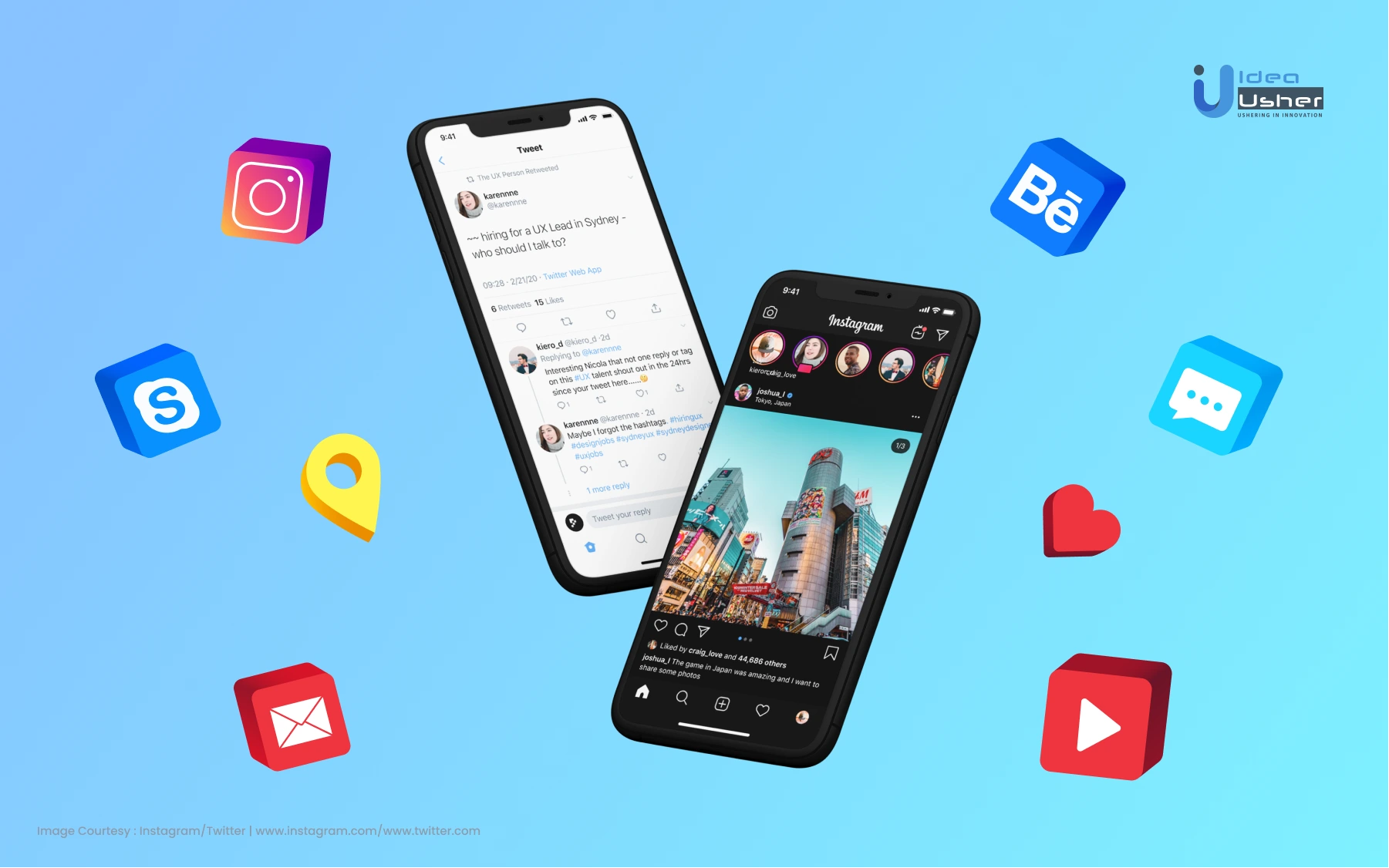
Are you planning to develop a social media application??
Have you wondered what is the most important aspect of the development process that makes your customer loyal to your application?? – It is the design.
We now communicate entirely differently because of social media applications. Today’s social media platforms and networks have the power to influence business, politics, education, culture, and the media. This is the primary justification for why companies of all sizes are trying to have a dynamic presence on social media to reach as many audiences as possible.
Before you create your own social media platform, this article has tips on how to design social media apps that will acquaint you with everything you need to know. This manual will also assist you in comprehending how a social platform’s design influences a company. Let’s get right to the fundamentals.
Why Should A Company Strive To Establish A Social Media App In 2024?
The freedom and flexibility individuals have when using social media networks is the secret to their rising popularity. Social media platforms offer the opportunity to connect with clients globally through interesting content, strengthening authority and trust. Facebook, Instagram, WhatsApp, and Twitter are just a few social media platforms that increase user engagement.
To better understand what a social media app is, we can consider it as a platform that allows exchange of information over the internet among businesses or individuals. Mobile based social media applications let individuals create accounts, build communities, share work, and a lot more. Making a social media app is a sensible decision if you want to generate significant revenue. Let’s talk about the potential markets for social media app development.
As per statista,
- By the end of 2022, the social networking segment’s total revenue is anticipated to reach US$43.39 billion.
- The market is predicted to generate US$60.29 billion in revenue, with a growth rate of 8.57% per year (CAGR 2022-2026), by 2026.
- By the end of 2022, 11,190.8m downloads are expected to have been made in the social networking area.
- The current estimate for average download revenue is USD 3.88.
Types Of Social Media Applications
Before you pick up on creating a social media application for yourself, you must consider the type of platform you would like to build over the internet. Here we have listed various kind of social media platforms:
| Social Networks | Facebook, LinkedIn |
| Media Sharing Networks | Instagram, Snapchat |
| Discussing Forum | Reddit, Quora |
| Consumer Review Network | Yelp, TripAdvisor |
1. Social Networks
Global connectivity is the primary goal of social network applications. For instance, users can talk on Facebook, make audio or video calls, and exchange views with nearly any other Facebook member. LinkedIn is a job platform for users and links people together to form professional networks.
2. Media Sharing Networks
Online sharing of any media content is possible with these applications. Users can connect with one another, perform live events, and share photos and videos. For example, YouTube is a platform where consumers can only enjoy video content. However, YouTube alone is responsible for running more than 43% of all online digital enterprises and channels.
3. Discussing Forum
The genre of discussion forums includes applications like Reddit and Quora. Users can post questions, leave comments, respond to any queries, and offer helpful information here. Due to the fact that a significant portion of the digital population likes to hunt for solutions online, these platforms have experienced tremendous growth in popularity in recent years.
4. Consumer Review Networks
The purpose of these programs is to enable users to share reviews of various goods, services, and other topics. For trust and authenticity, many customers prefer to read reviews of services on such networks before using them. Some of the well-known examples of consumer review networks include Ambition Box, Yelp, Glassdoor, and Tripadvisor.
These are the social media applications that are users favorite and are on demand since its existence. Primary reasons for the success of these social media apps are the user experience that it delivers.
Taking care of the design of your application, takes care of the user experience and how the user will interact with your application. Once you master and deliver the best UI/UX in the market, you attain the popularity like the foregoing Social Media Apps.
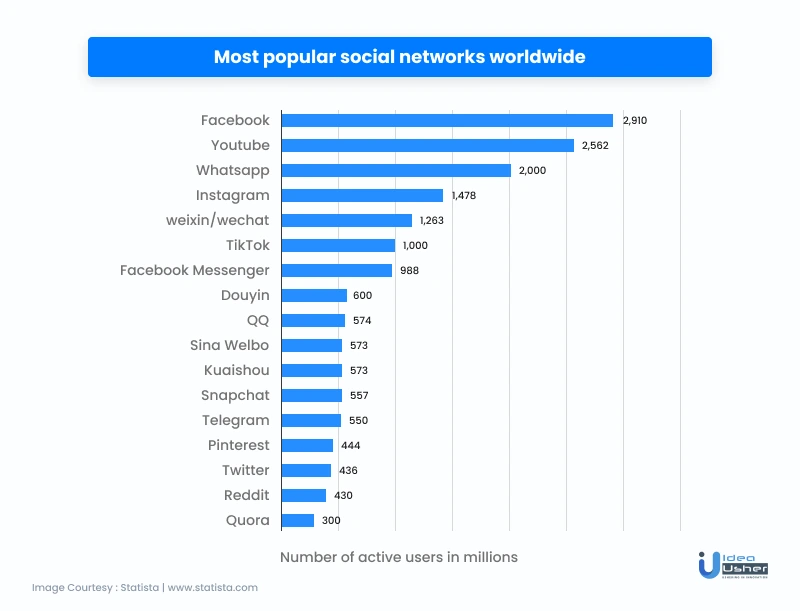
Basics Of Social Media Application Design
The design of your app is simple to create. Your app’s design will rely on the functionality you want to offer and the platform you choose. There are many design possibilities for each sort of app. For instance, a native app frequently has a predetermined design format because Apple or Android already offers it, making the development process go faster. Users are also familiar with and used to this format, and as a result, it is typically more user-friendly. You would not have a set format if you chose a web application that must run mainly on a computer. Here, the options are virtually limitless.
Two important things you need to consider before every designing process – Functional design and Visual design.
1. Functional Design And Wireframes
A functional design is the first step you always take when creating a social media app. To create a successful app, you must meet the expectations of your target audience. The operations and structure of your application, not its appearance, are what the wireframes are about. Using your app, make a drawing of the many screens you see – What kind of page opens when you launch the app, for instance, and what text appears there? Wireframes, which you draw page by page in a very simplistic manner, are an excellent tool for the same.
2. Visual Design
The social media app’s design and feel will be developed after the wireframe. There may already be a company identity that you want to uphold, or there may be none at all. If you don’t already have a corporate identity consisting of a logo, color schemes, typography, and imagery, we suggest starting with this immediately. When choosing the design of your app, you will have a “handhold” if you have a distinct corporate brand. This is a visual design, as we say. In a nutshell, this is what the user of your app sees. The design must adhere to the purpose for which the app was created.
An essential element in creating a great app is the design. What your users really see and experience is the design. Want to discover even more advice and techniques? You’ll receive happy assistance from our application designers as you go!
How Important Is Design In Social Media Applications?
There are some of the applications that failed big time despite being extremely popular at the time of their launch and after. The primary reason for their failure was the poor UI/UX. There are many factors to consider while developing a new application, including funding, idea validation, features, UI/UX and more.
We’ll look at some of these social media applications that failed in this section as examples so that we may draw lessons from them.
1. MySpace
It was the most widely used social media site before Facebook went live. The social media platform got one million members after its official introduction in 2004 and 20 million registered users in a single year. Registered users could publish blogs and articles, make personalized profile pages, communicate with other users through comments and messages, stream music from their favorite musicians or even stream their music, upload artwork, and more on the service.
Reason Of Failure
The following were the leading causes of its defeat by Facebook:
- An interface with poor organization
- Faulty software and technology
2. Orkut
With Orkut, Google entered the social networking space for the first time. Most of the services offered by websites today, such as adding friends, messaging, updating a profile, etc., were already on Orkut. In its early stages, Orkut had three times as many users as Facebook.
Reason Of Failure
It failed mainly for the following reasons:
- After the first few updates, the speed drops.
- Complex UI and features
- Privacy concerns
3. Friendster
Popular social gaming platform Friendster served as the forerunner to social networking websites. Users might communicate with other users secretly or openly by sending messages, posting content, leaving comments, and playing online games.
Reason Of Failure
It failed mainly for the following reasons:
- Using the social news feed features, missing social interactions.
- There are no recent improvements to improve user experience.
4. Vine
The purpose of this platform is to distribute brief looping video clips. A micro-vlogging platform, Vine, provided short 6-second videos but lacked followers, reshares, etc.
Reason Of Failure
Several factors contributed to the application’s downfall, but the bad user experience was the main one. Adhering to a rigid 6-second video format for an extended period did not improve in accordance with the consumers’ needs.
The aforementioned examples show that design is important because it influences how users perceive your applications, makes it easier for them to use the features and functionalities, and, most importantly, encourages them to linger longer. The success of an application ultimately depends on how the user experiences it. An application that is user-friendly and customer-centric will always be in demand.
Tips On How To Design A Social Media Application
The creation of social network apps is a challenging endeavor! You must ensure that the app’s design is user-friendly, intuitive, and simultaneously appealing to your target demographic. Let’s discuss the most acceptable guidelines when designing your app’s interface.
1. Keep It Basic
People are more comfortable utilizing a simple and to-the-point design. Instead of diverting users away from your value, simple design aids in enticing them towards it.
2. Communication Is Essential
Enable video calls, audio calls, voice notes that can be recorded, and the opportunity for users to share content with one another. By doing this, you may grow your community and maintain user interest.
3. Focus On Navigation
When it comes to developing navigation, a minimalist style is preferred. The consumer won’t be able to keep up with difficult navigation with several functions. The ideal practice is to put all your buttons and icons in the optimal location on the screen so that the user can quickly recognize them.
4. Keep It Synchronized
You must ensure that your app’s design stays in line to prevent any confusion on the user’s part. Consistency will help your software have a logical structure that clarifies where consumers may find what. Perplexed and frustrated users may not utilize your app if this essential feature is ignored in your design.
5. Elements Of Round Designs
Do you understand the rationale behind why Facebook and Instagram utilize round profile pictures? Well, it makes it easier for other users to recall or recognize a user by their face and also helps to draw attention to them.
6. Feature To Personalize
Give users the freedom and options to submit information, media, links, and other stuff to add their personalities to their individual profiles.
7. Aesthetic Color Combination
Color codes are crucial; choose colors that go well together and help to create a seamless user experience. Additionally, you can stick to your brand color as well or you can try some contrasting color palette.
Wrap Up!
As long as you put the needs of your customers first, you can create a fantastic design that will encourage users to use your social media application for day-to-day communication. We had witnessed the most successful application fail because of a flaw in their design, even when it was at its best. So it seems sense that the secret to success is outstanding user-centric design and your decision to work through it!
If you know what to concentrate on and who to contact for guidance, designing a social media app is not all that difficult. You may always get in touch with the experts at Idea Usher to design your application within the most reasonable time and financial constraints.
FAQ
Q. How to make money from a social media application?
A. You can monetize your social media application design and start earning returns from following techniques like, Paid subscriptions, Paid content, In-app purchases, etc.
Q. What are the basic elements for a successful social media application?
A. The most important factor for social media application is that you must ensure Target your potential audience, Your purpose of application, Features and functions, Design and development process of your application and Market analysis.
Q. Who can design a social media application?
A. A product or service is made usable, pleasurable, and accessible by a UX designer. Although many businesses create user experiences, the phrase is most frequently connected to digital design for websites and mobile applications.
Q. Which tools and apps are used to design an app?
A. Some of the most effective, user-friendly, collaborative mockup tools for mobile apps are Adobe XD, Figma, Micro, Photoshop, Illustrator, and After Effects. These tools aid teams in creating designs for apps, voice interfaces, games, and more.
Q. What is application design?
A. User experience (UX) and user interface (UI) components are included in the continuing process of app design. Designers ideate, describe solutions, develop the app’s flow and structure, and make stylistic decisions from colors to typefaces. Design decisions are based on user feedback and research.






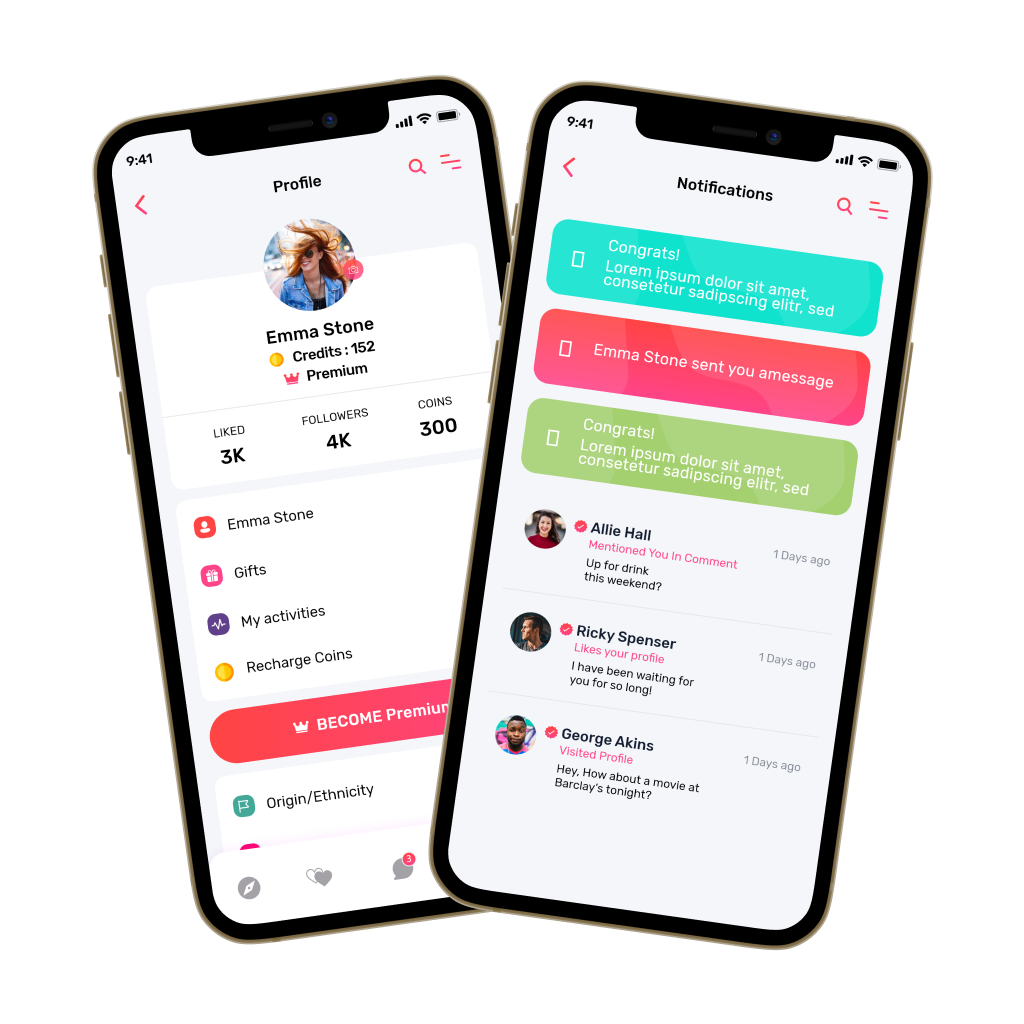

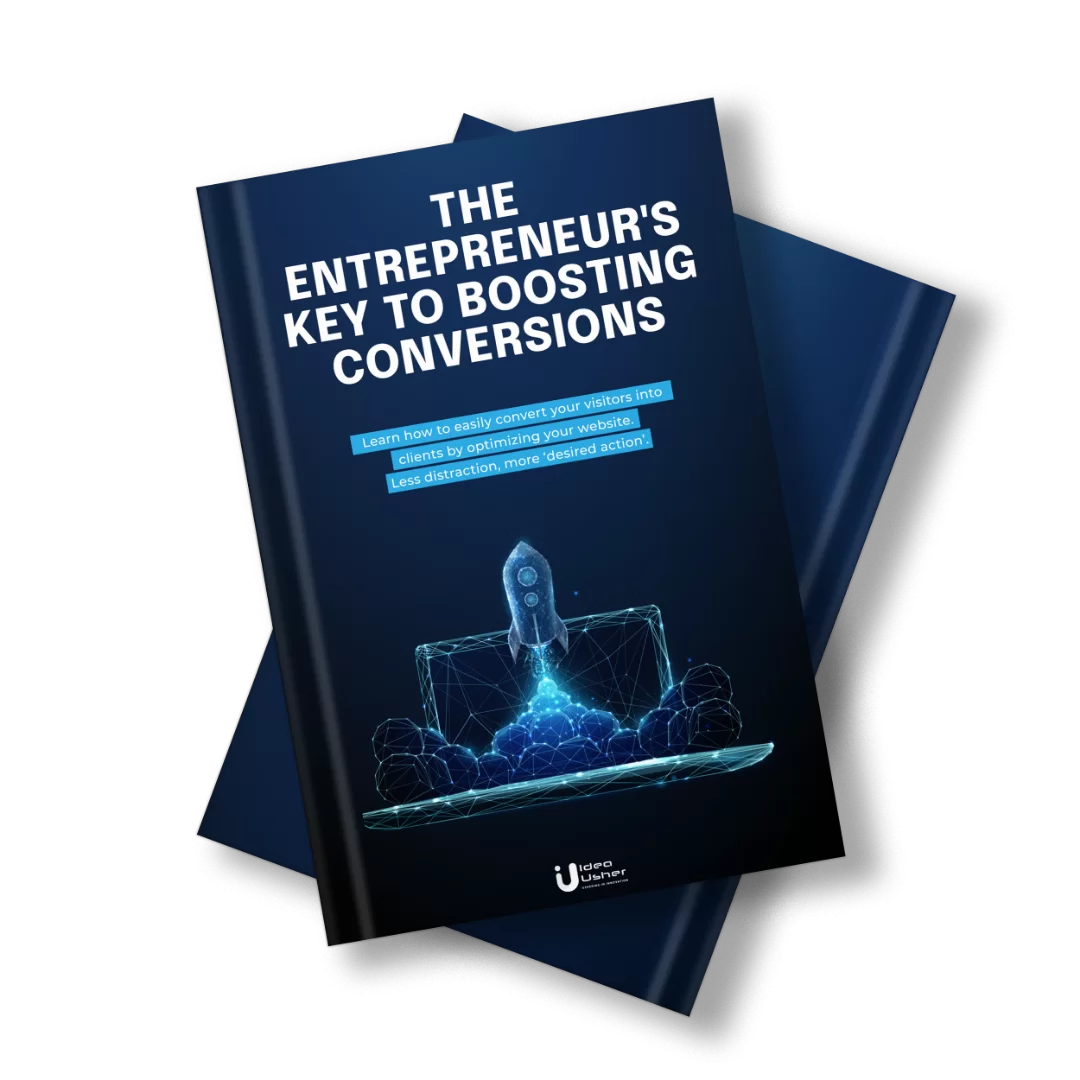
Rebecca Lal